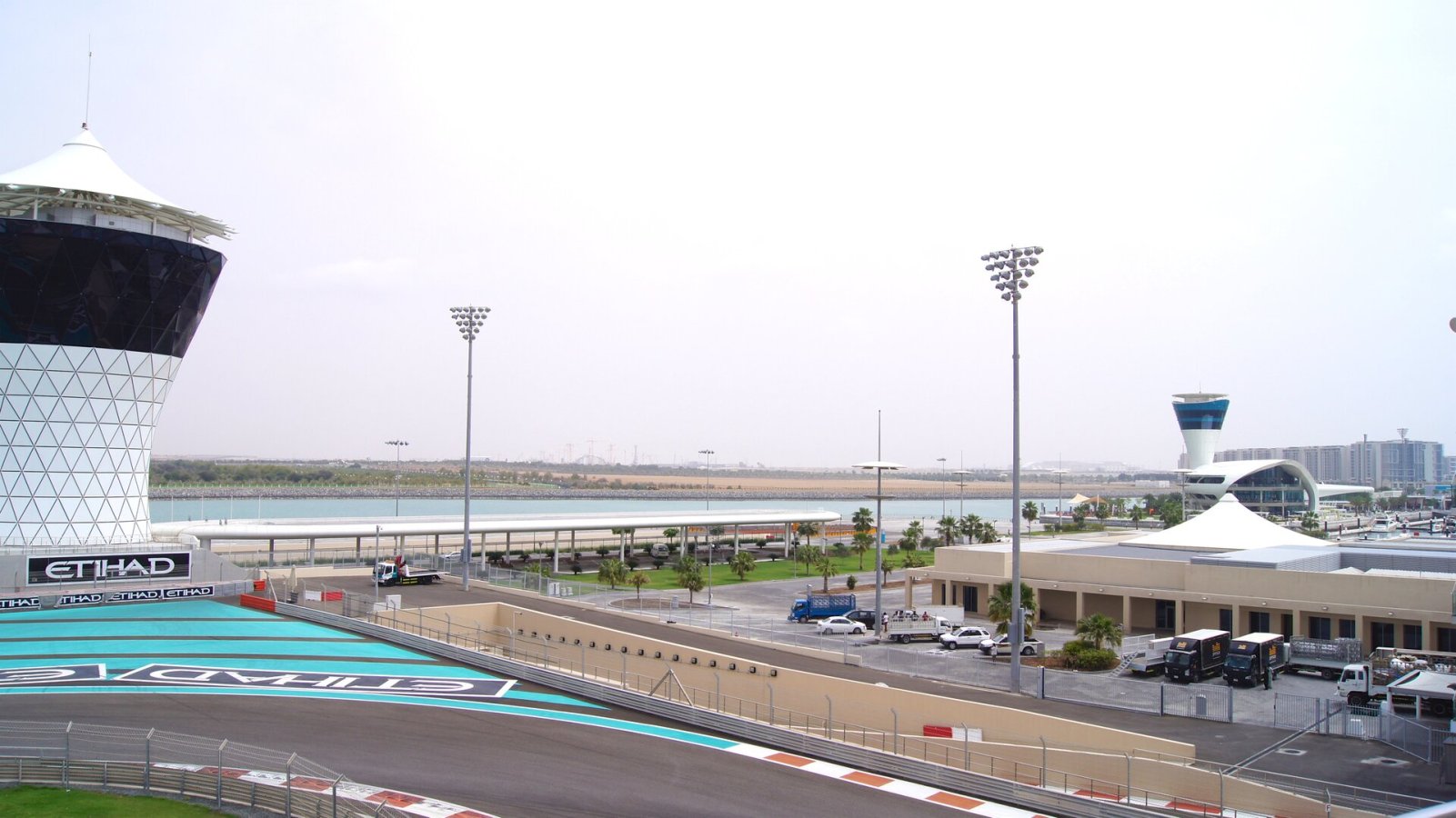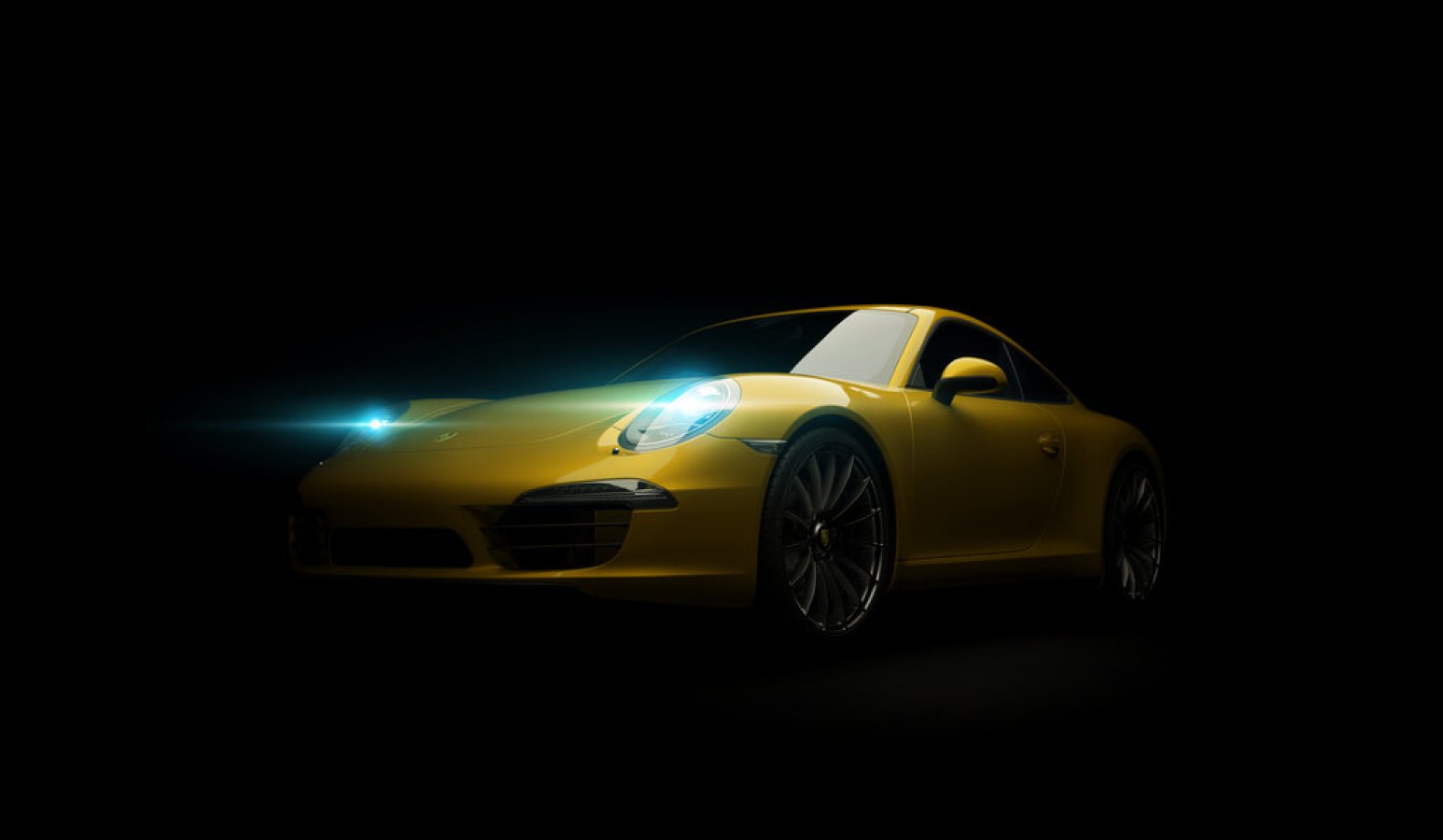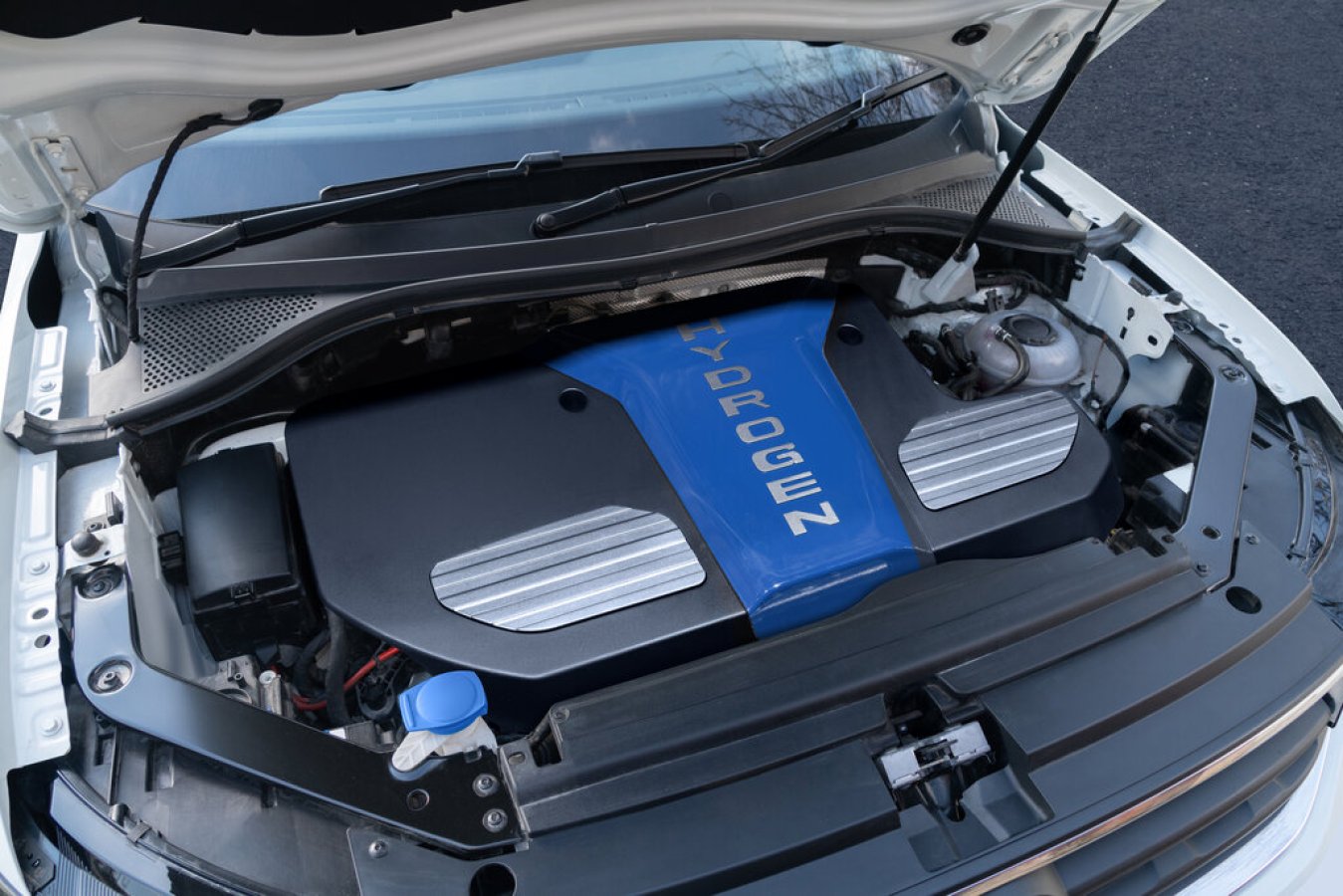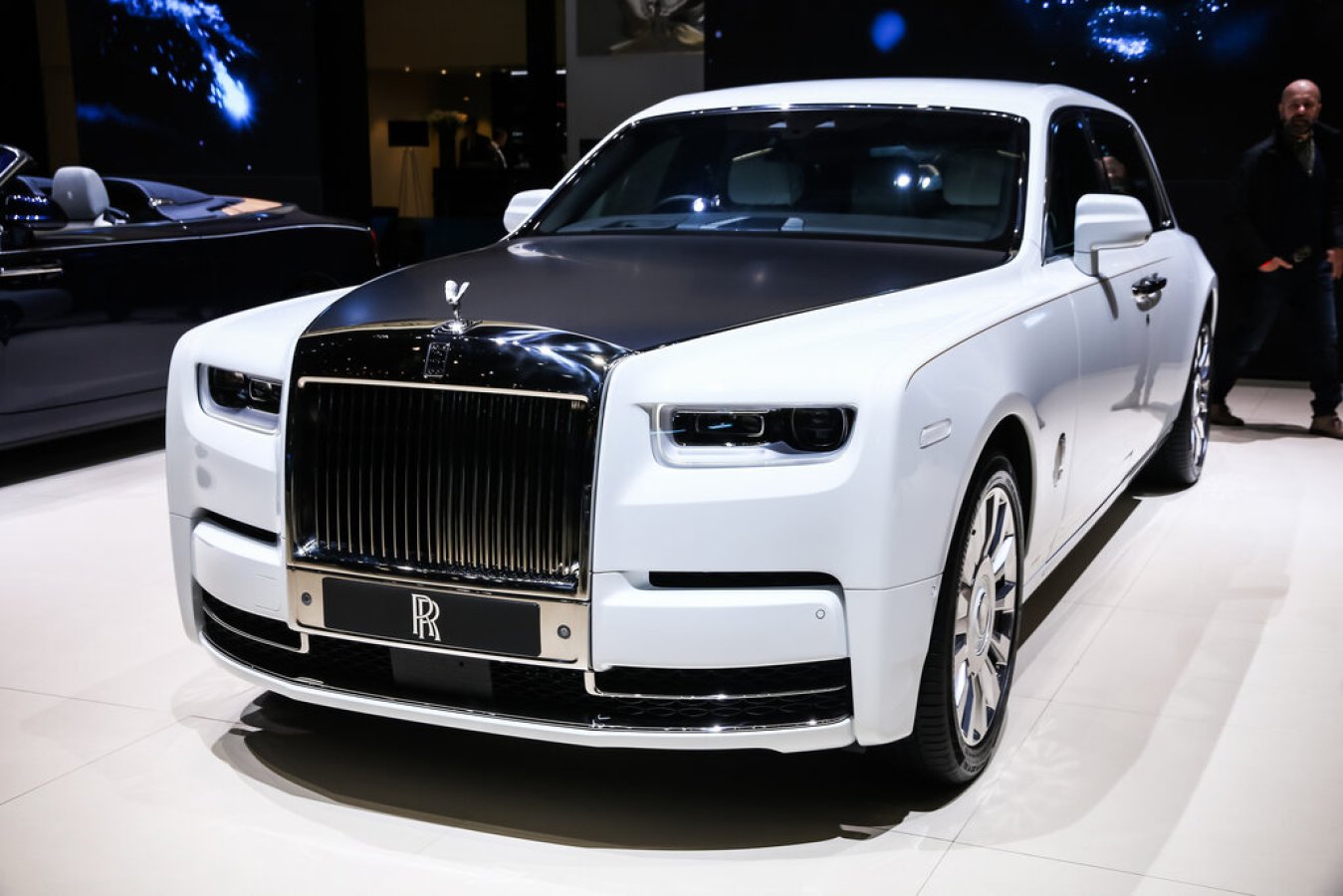Since the 1920s, engagement ring styles have continuously transformed, reflecting the trends of each passing decade. Every era introduced innovative designs, favored diamond cuts, and iconic celebrity influences that shaped desirable ring styles.
The '20s and '30s
As the 20th century unfolded, innovations in gem-cutting and global design trends brought rapid change to bridal jewelry. A key moment was the 1925 International Exhibition of Modern and Industrial Decorative Arts in Paris, which marked the birth of the Art Deco movement. This era embraced bold, geometric designs, with engagement rings resembling tiny architectural masterpieces. Popular diamond cuts included emerald, baguette, and round, often combined in a single piece, set in platinum or white gold.
In the 1920s, jewelers were breaking new ground in stone cutting and setting. Stones were shaped precisely into geometric forms, featuring cuts like baguette, emerald, and square. These cuts, often arranged in intricate designs, appeared simple yet showcased the height of luxury and craftsmanship. The 1930s carried forward the Art Deco aesthetic, with baguette-cut stones frequently used as angular accents, often paired with clusters of round diamonds in pavé settings. It also became popular to see colored gemstones—such as rubies, sapphires, emeralds, and black onyx—used as borders or highlights.
The ‘40s and ‘50s
The outbreak of World War II in the late 1930s brought significant changes to engagement ring styles. With platinum being redirected for military use, gold once again became the preferred metal for engagement rings, though with certain restrictions. In Britain, for example, only "utility" wedding rings made of 9k gold were permitted, and their weight couldn't exceed two pennyweights, as noted by Lang Antiques. During this era of resourcefulness and rationing, many engagement rings were repurposed from older designs, often incorporating gemstones from inherited family jewelry
The year 1947 marked a turning point in the history of engagement rings for two key reasons. First, De Beers introduced its iconic slogan, “A Diamond is Forever,” solidifying diamonds as the go-to choice for engagement rings. The 1950s were all about bold diamonds, vibrant colored gemstones, and rounded, curvy designs. Popular styles included cluster rings, bombe rings with a domed shape, and gems set in intricate, cage-like settings that raised them prominently off the finger.
The ‘60s and ‘70s
Designers like Andrew Grima and Charles de Temple favoured raw, unpolished gemstones for a more earthy aesthetic. This era was also defined by high glamour and celebrity influence, as seen when Elizabeth Taylor received the 33.19-carat Asscher-cut 'Krupp Diamond' from Richard Burton in 1968. Alongside these organic styles, the 1960s saw a resurgence of Art Deco influences, with geometric and angular designs making a strong comeback in engagement rings.
Diamond cuts, emerald, and pear shapes were highly sought after in the 1960s, with celebrities leading the trend. One famous example is Mia Farrow’s nine-carat pear-shaped diamond solitaire from Frank Sinatra in 1966. Another noteworthy piece was Jacqueline Kennedy’s engagement ring, featuring both an emerald and a diamond, gifted by President John F. Kennedy. Celebrities often chose unconventional styles, such as Jane Fonda’s engagement ring, which featured both opals and diamonds. The defining look of the decade was bold and rebellious, with chunky yellow gold and expressive designs replacing the polished glamour of previous years.
The ‘80s and ‘90s
The 1980s might be remembered for some fashion missteps, but the decade left a significant mark on engagement ring styles, largely due to Lady Diana Spencer. Princess Diana famously selected an oval Ceylon sapphire and diamond ring from Garrard’s collection, setting a new standard. Additionally, Sarah, Duchess of York, known as ‘Fergie,’ opted for a ruby engagement ring, and her daughter, Princess Eugenie, continued the trend by choosing a Padparadscha sapphire for her engagement.
In the late 1980s and throughout the 1990s, the princess-cut diamond took centre stage, alongside the popularity of white gold and platinum settings. The era favoured the statement solitaire—elegant, straightforward, and timeless. The early 2000s saw a significant shift when Jennifer Lopez was gifted a 6.1-carat pink diamond engagement ring from Ben Affleck, purchased from Harry Winston. This set off a surge in demand for similarly striking yet minimalist rings, each featuring a prominent central diamond.
Today
Since the 2010s, engagement ring styles have expanded dramatically, influenced by high-profile events and historical references. For instance, the Duchess of Cambridge's revival of Princess Diana’s sapphire cluster ring and the Duchess of Sussex’s attention-grabbing trilogy ring with a cushion-cut center have set new trends. Looking ahead to the rest of the 2020s, experts predict a resurgence of colored gemstones, with unique stones like spinel gaining recognition. There’s also a growing interest in diverse stone shapes, with step cuts and distinctive designs such as kite, lozenge, and bullet shapes being used as accent stones.






